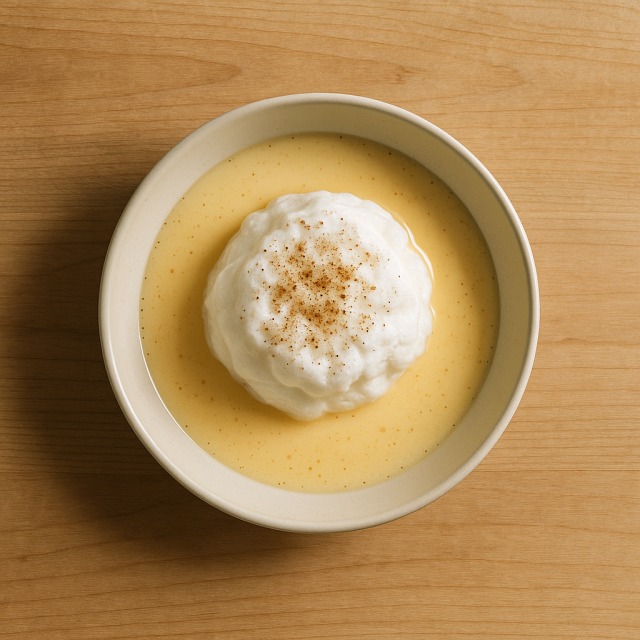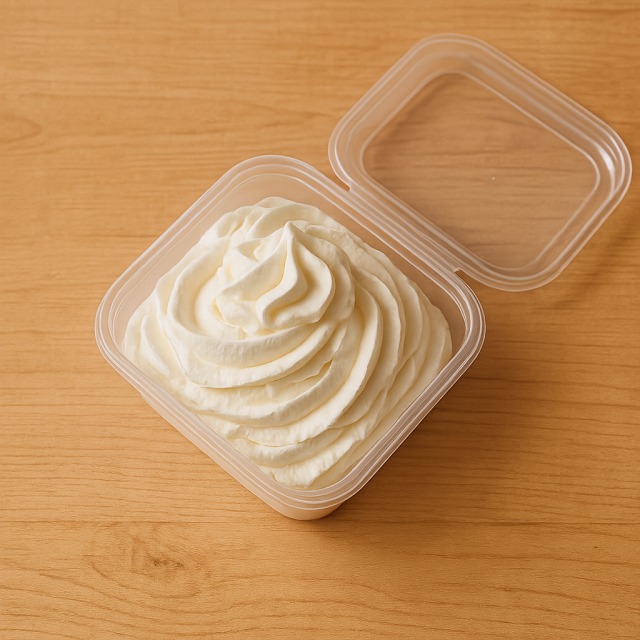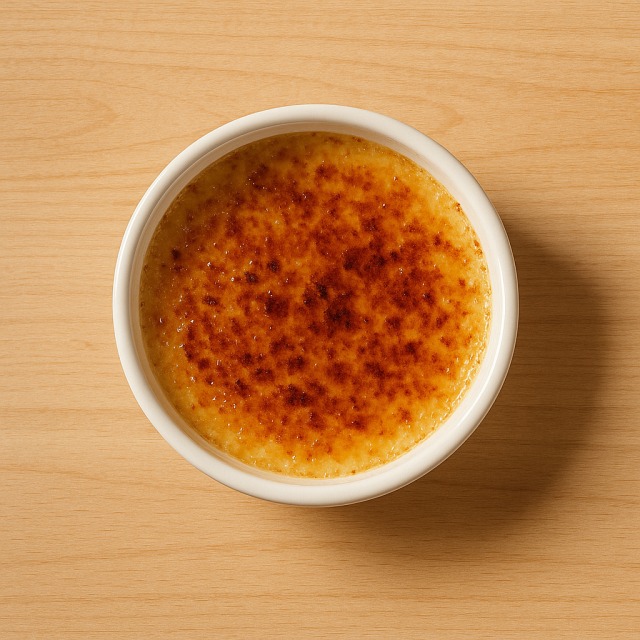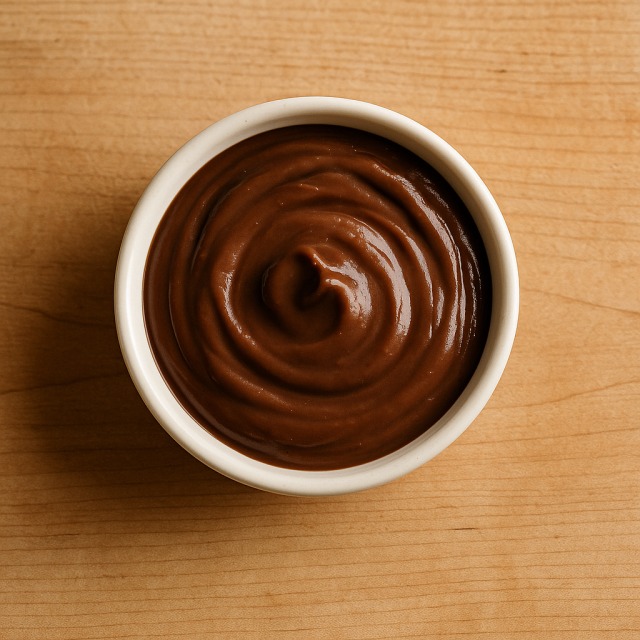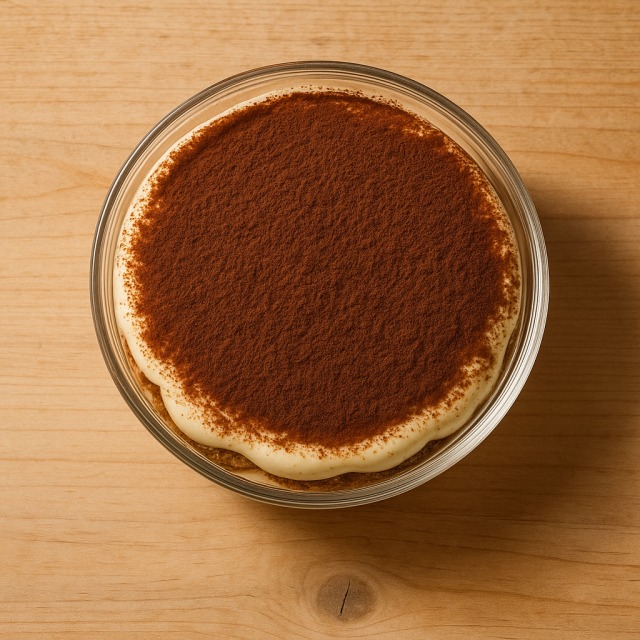Calorie Chart / Desserts / Fruit tart
How Many Calories Are in Fruit tart?
Calculation of the nutritional value & Recommended Dietary Intake of fruit tart
For g and a calorie requirement of kcal
| Calories 420 kcal | Proteins 4.9 g | Lipids 21 g | Carbohydrates 53 g |
| 21% | 7% | 31% | 19% |
Health benefits of fruit tart

Fruit tart - 100g
Calories 300 kcal
Proteins 3.5 g
Lipids 15 g
Carbohydrates 38 g
With around 300 calories per 100 g, fruit tart is a moderate-to-high-calorie dessert compared with plain fresh fruit but lighter than many cream-based pastries that easily exceed 400 calories. Those calories are not empty: the fresh topping can provide vitamin C (especially when prepared with kiwi, strawberry, or orange segments), carotenoids from apricot slices, and flavonoid antioxidants from blueberry or raspberry. A single serving therefore delivers energy (calories) together with protective phytonutrients that may support immune function and limit oxidative stress.
The shortcrust or puff pastry contributes B-group vitamins and small amounts of iron, while the fruit layer supplies dietary fibre that can help modulate the glycaemic impact of the calories absorbed. Because it combines slow-release complex carbohydrates from the crust with faster sugars from fruit, the glycaemic curve is smoother than that of pure candy despite identical calories. Finally, the bright colours and seasonal variability of fruit tart make it an effective way to increase daily fruit portions—an advantage that partly offsets its calorie load.
Tips for incorporating fruit tart into a balanced diet
To keep calories under control, bake the tart in a thin shortcrust pastry and replace part of the butter with apple purée. Brushing the surface with a light glaze of honey instead of apricot jam cuts added sugar without sacrificing shine; this simple tweak can save several calories per slice.
Pair a fruit tart slice with a spoonful of chilled Fromage blanc 0% and a mug of tea or herbal tea for a balanced afternoon snack: protein balances carbohydrates, while the drink fills the stomach at virtually zero calories. If served as dessert after a hearty dish such as chicken curry with rice or beef bourguignon, reduce the tart portion size to limit total meal calories.
Looking for variety? Use a wholemeal crust to add extra fibre without increasing calories significantly, top with seasonal fruits (peach in summer, apple in winter), and sprinkle crushed almond for healthy fats. The nutty note enhances flavour so you can cut sugar by 10 g and still enjoy the same perceived sweetness—another smart way to shave calories.
Frequently Asked Questions
- How many calories are in fruit tart?
- A fruit tart provides about 300 kcal per 100 g.
- Is fruit tart suitable for a weight-loss diet?
- It can fit in a hypocaloric plan if you keep the portion to 60–80 g (180–240 calories) and balance the rest of the day with lower-calorie foods such as broccoli or cucumber salads.
- How can I burn the calories from one slice of fruit tart?
- A 90 g slice (≈270 calories) can be offset by 30 minutes of brisk walking, 20 minutes of jogging, or a 40-minute session of moderate cycling.
- Does the type of fruit change the calorie content?
- The crust is the main source of calories; swapping strawberries for mango alters vitamins and sugars but changes total calories by only 5–10 kcal per 100 g.
- Can I reduce calories by using sweetener instead of sugar glaze?
- Yes, replacing 20 g of sugar glaze with a low-calorie sweetener saves roughly 80 calories for the whole tart.
- Is fruit tart a good post-workout option for athletes?
- The mix of carbohydrates (to replenish glycogen) and a modest 3.5 g of protein can help recovery, but athletes might add a side of yogurt or a slice of turkey cutlet to increase protein without many extra calories.
Similar foods
Information provided by Calorie Menu may contain inaccuracies or errors. It cannot, under any circumstances, substitute medical advice or medication.
